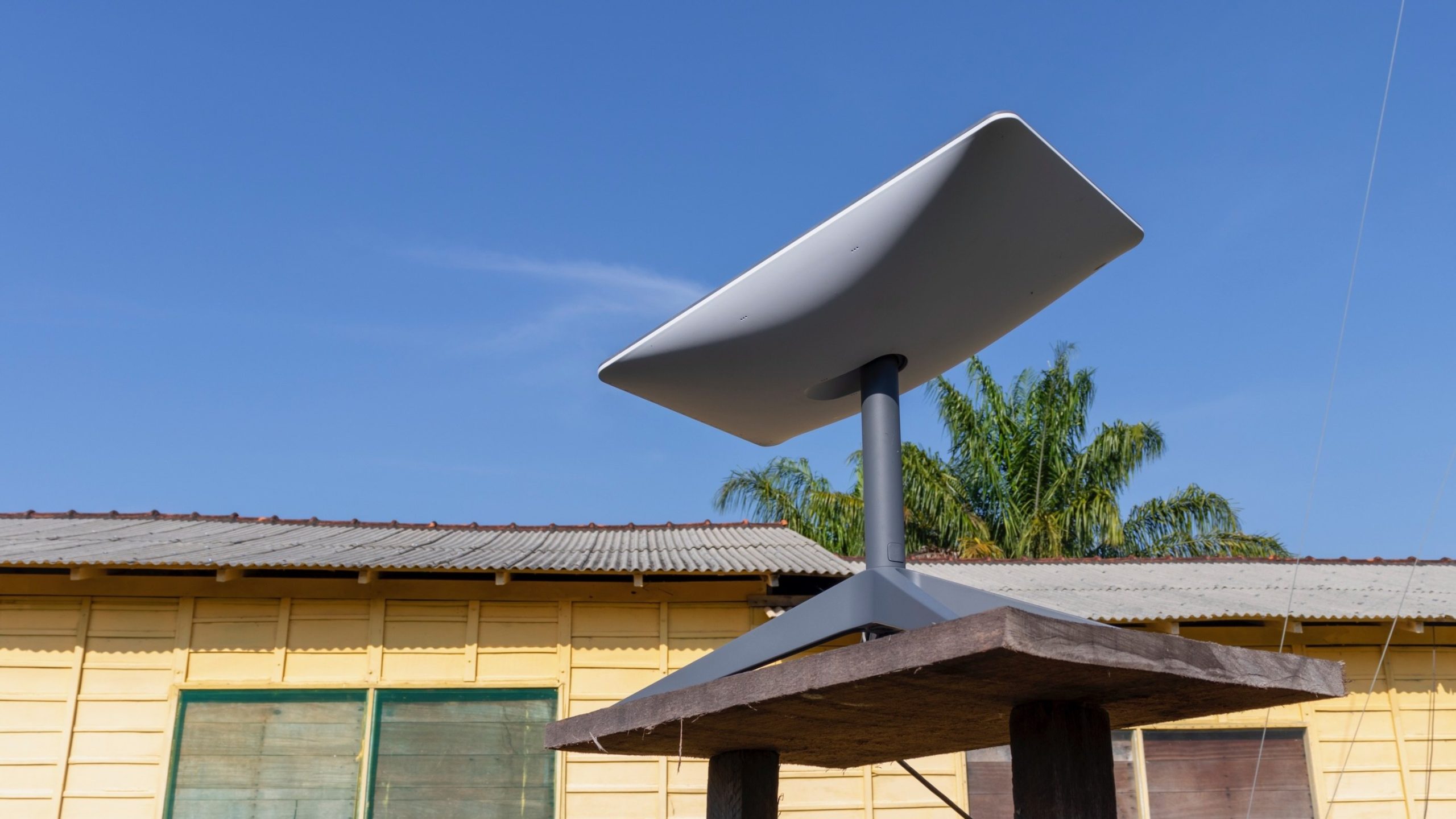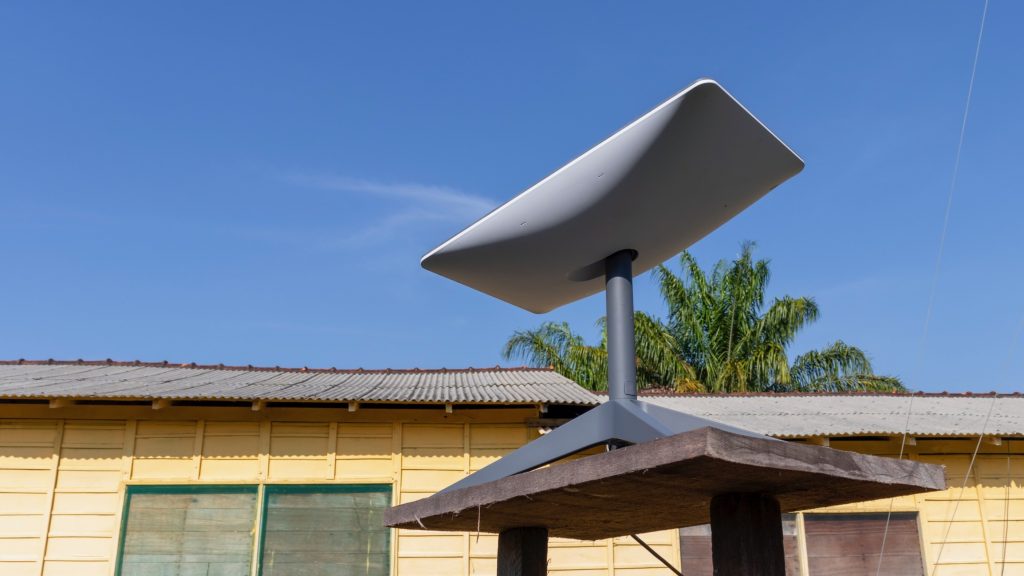Physical Address
60 Ekwema Cres, Layout 460281, Imo
Physical Address
60 Ekwema Cres, Layout 460281, Imo

Starlink Offers Gigabit Speeds: SpaceX is seeking approval for changes to Starlink that the company says will enable gigabit-per-second broadband service.
In an application submitted to the US Federal Communications Commission on October 11.
SpaceX claims the requested modification and its companion amendment will enable the Gen2 system to deliver gigabit-speed, truly low-latency broadband and ubiquitous mobile connectivity to all Americans.

The application also included the billions of people globally who still lack access to adequate broadband.
Last Friday, SpaceX revealed some of the plans in an earlier FCC filing, which requests to modify the second-generation Starlink network to harness additional radio spectrum and use lower orbits.
This includes tapping E-band frequencies and operating the Starlink satellites from around 530 kilometers down to 480 kilometers in orbit.
Today, the company then made another FCC filing that requests even more radio spectrum and even lower orbits for the second-gen system.
On top of this, SpaceX is seeking permission to deploy up to 29,988 satellites, matching the number initially requested for its second-generation Starlink network. (Back in 2022, the FCC only granted permission for up to 7,500.)
Also Read: Starlink Price Hike Causes Dispute As Telecom Stakeholders Accuse NCC of Double Standard
SpaceX CEO Elon Musk wrote Monday that “next-generation Starlink satellites, which are so big that only Starship can launch them, will allow for a 10X increase in bandwidth and, with the reduced altitude, faster latency.”
Another request would change the elevation angles of satellites to improve network performance, SpaceX said. “SpaceX seeks to lower its minimum elevation angle from 25 degrees to 20 degrees for satellites operating between 400 and 500 kilometers altitude,” SpaceX told the FCC.
“Reducing the minimum elevation angle in this way will enhance customer connectivity by allowing satellites to connect to more earth stations directly and to maintain connections with earth stations for a longer period while flying overhead.”
SpaceX has indicated it’ll also deliver faster internet speeds through a fleet of more advanced V3 Starlink satellites, which will be launched into space using the company’s Starship vehicle.
In the meantime, the company’s filing to the FCC says the proposed upgrades to the second-generation Starlink network won’t generate radio interference with other networks. But SpaceX’s rivals might object, as they have before in previous FCC filings.
Interact with us via our social media platforms:
Facebook: Silicon Africa.
Instagram: Siliconafricatech.
Twitter: @siliconafrite.